Visitors to Dartmoor have been asking why cows have black boxes hung round their necks and the answer is a ‘remote fence.’
The boxes are an online remote way of farmers controlling where their animals wander and tracking them without the need for actual fences on virtual pasture. The animals are taught by recognising a warning noise, to not go beyond the invisible fence and the virtual fences can be moved at any time.
Made by a Norwegian company, the Nofence app enables farmers to keep an eye on their animals’ location in real-time, and if anything happens, they will be notified. In this way livestock can be located, monitored and taken care of 24 hours a day where ever the farmer is.
This is a way of grazing livestock more safely with less likelihood of them getting hit and injured by traffic where there are no fences, as is common on the moors and other protected landscapes, Monitoring also alerts farmers to an injured or sick animal which gets separated from the herd, by giving them. precise location for recovery which improves animal welfare overall.
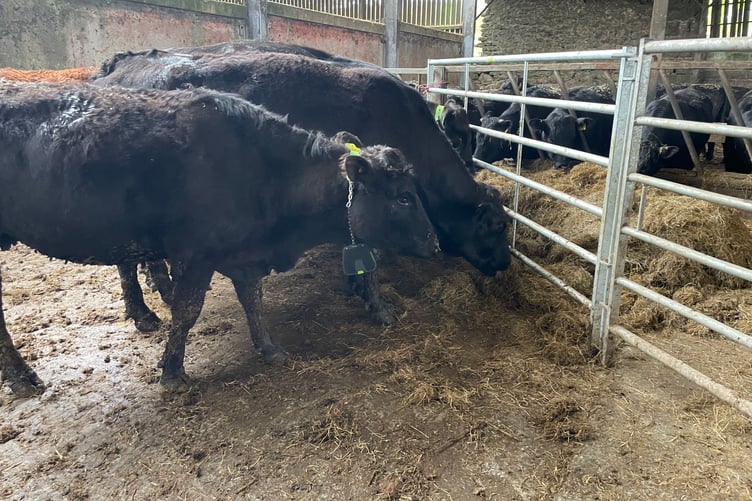
The boxes link to an online app which also allow farmers’ cows, sheep, goats and horses to grazed defined and easily moved areas which cannot be fenced normally because of difficult terrain, such as woodland or rocks and cliffs. Virtual gates can be created and opened at any time to separate members of a herd.
Farmer Justine Colton, of Tor Royal Farm, Princetown, is trialling Nofence with some funding from SW Lakes Trust. She said: “These collars and boxes have generated a lot of interest and imaginative ideas about hat they are. It’s new to us, but already it’s a great asset to help us look after our cows by monitoring them in case they get into trouble. We can easily move and limit grazing to support conservation by keeping them off wetlands, newly-planted trees and eroded parts. We can also let dog walkers and others know where its free of cows.”
Having downloaded the app and placed the tracker and collar on the animal - the only potentially tricky stage is teaching them to respond to the audio warning which prevents it crossing the virtual fence.
Justine said: “The app sends a nice tune to the box as they approach the virtual fence and then a slight electric shock if they hit the ‘fence’. The cows are quick learners of their the virtual limits and usually the others in the herd follow. It only takes a short time to train them to use their ears, rather than their eyes. It's amazing how they learn it. We’re still trialling and learning."
Livestock can also be used to graze protected areas, such as National Trust and National Park land where fences are not used and walkers with dogs are numerous by separating animals from footpaths.
Nofence has been used on conservation projects where using cows to graze certain habitats encourages biodiversity and clears undergrowth in protected landscapes.
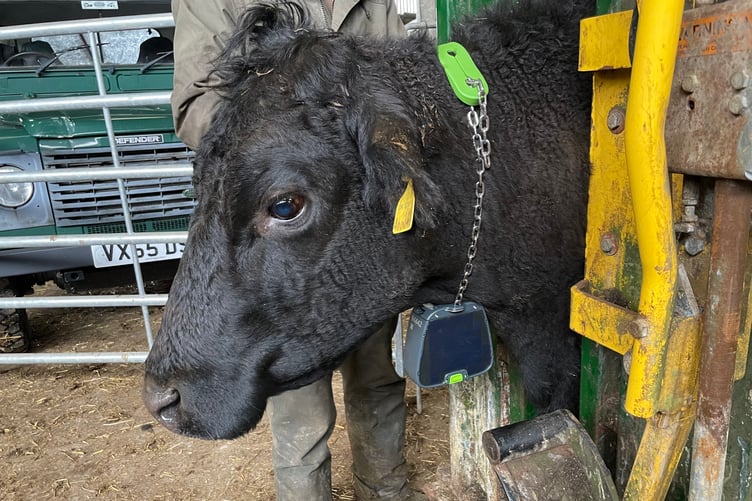
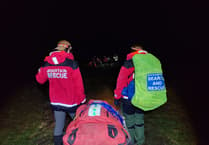
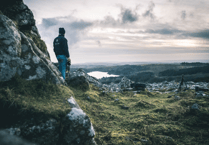
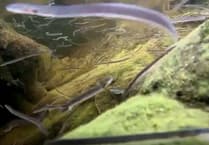
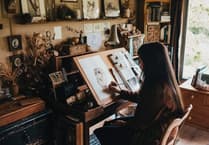
Comments
This article has no comments yet. Be the first to leave a comment.